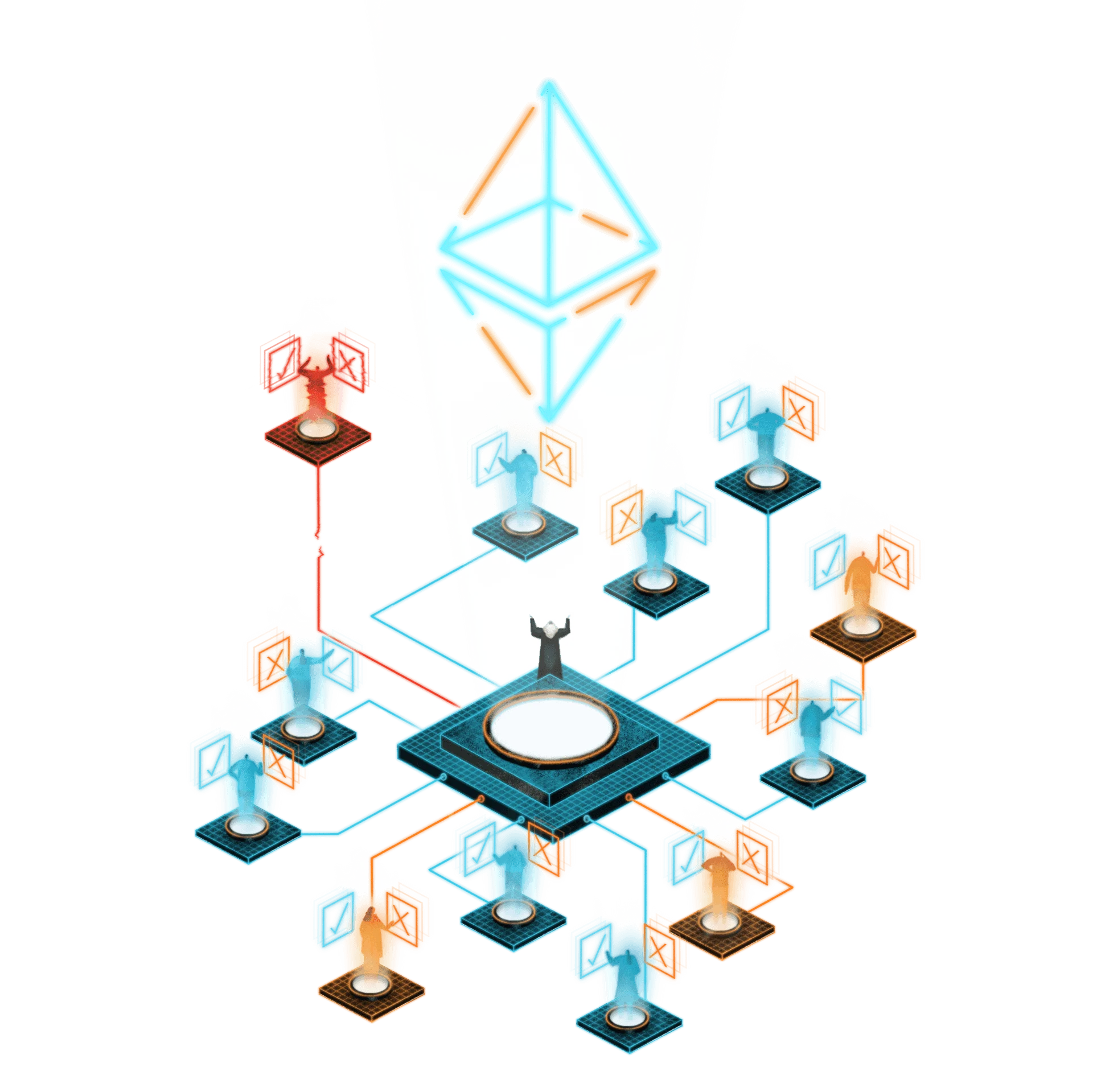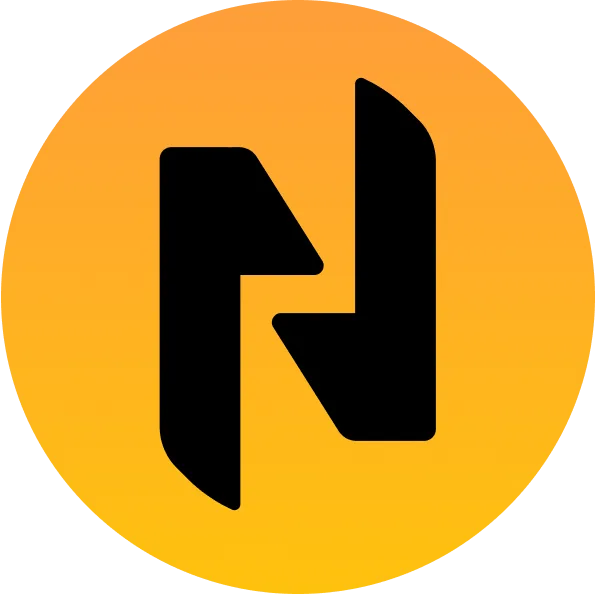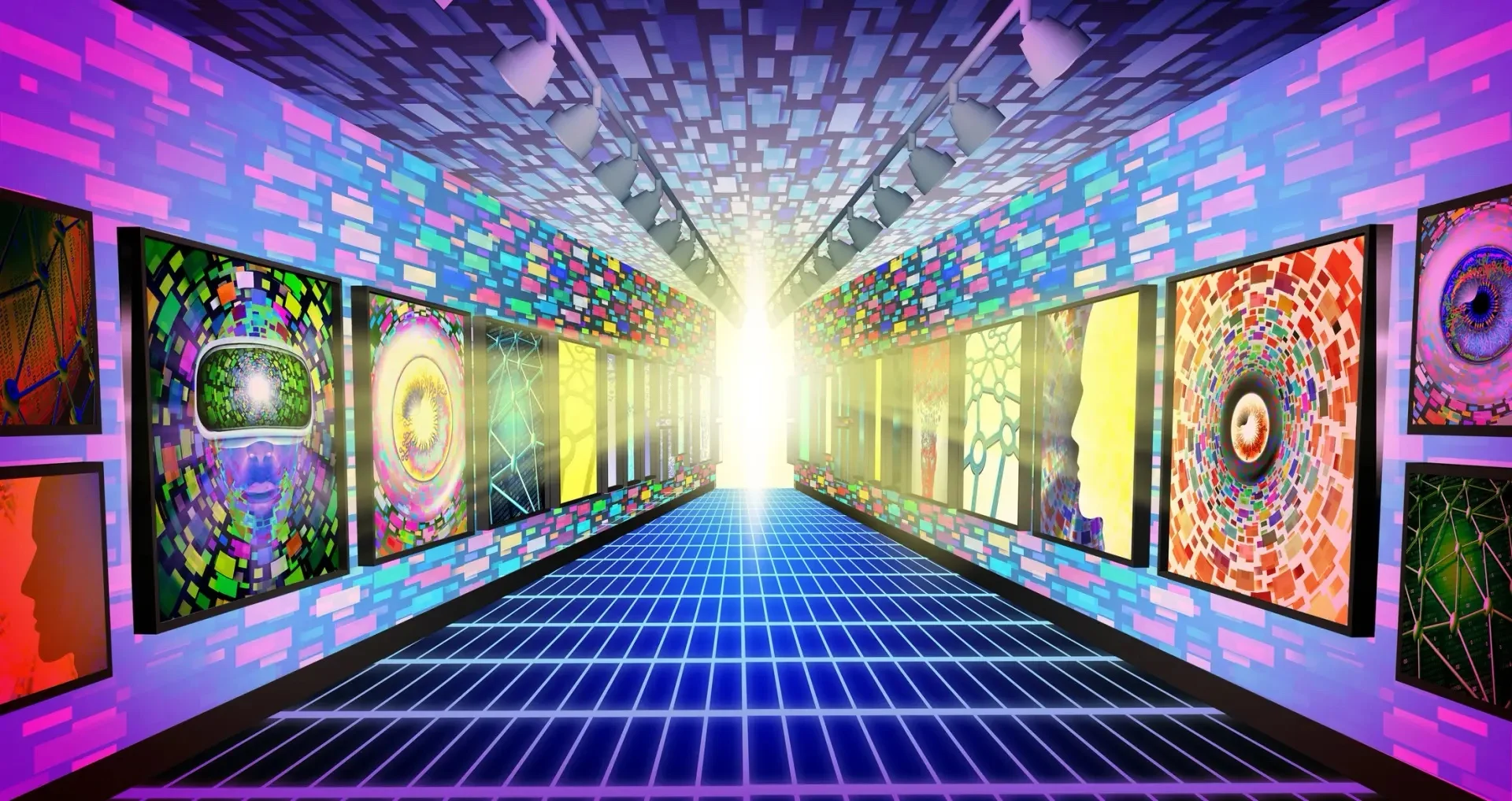Back to Blog
Why is everyone creating NFTs in 2022? - NFT.com

Don Thibeau
Jul 6th, 2022
.3 min read

NFTs, or non-fungible tokens, have risen to prominence as digital tokens representing unique collectibles.
Why is everyone creating NFTs in 2022?
NFTs are defined by their uniqueness relative to other tokens whether of the same collection or a different collection.
Adoption Beyond Speculation
These tokens were purchased with the hope of a higher resale in the future. This speculative drive has created a multi-billion dollar market, attracting celebrities, athletes and major consumer brands to the industry.
The initial driver of speculation brought in a wave of interest seeking financial return much like many of the prior bubbles in the crypto space. These periods of speculative interest in L1 and DeFi tokens previously led to a new wave of utility-centric innovation that increased the types of use cases for tokens.
This piece will share some of the new use cases that may drive the next wave of growth in the NFT space.
Art
NFTs saw a rapid uptick in adoption by digital artists who wanted an easier way to establish scarcity over their pieces of work.
Artists are able to connect a piece of art (whether a digital image, video, or other) to the NFT. This NFT can be sold to a collector who wants to support the artist. The NFT creator can also add a fixed royalty payment that ensures they will be compensated any time the art is resold.
NFTs represent an opportunity for artists to enter the digital medium while protecting their role as a creator.
PFP
PFP, or profile picture, NFTs are images represented as NFTs that are used as profile pictures on social platforms.
PFPs took off in popularity due to their ability to signal the owner’s participation in a crypto community or their financial worth. People who have NFTs that became valuable or well adopted often use them as PFPs to show that they were early.
Social platforms like Twitter have taken PFPs a step further by requiring users to prove ownership of the NFT they use in their profile. This can reduce fraud in claiming to own a given NFT.
Membership
NFTs have recently become a means to gating membership into a community. LinksDAO issued membership NFTs to participate in their DAO focused on buying a golf course. NFT.com issued Genesis Keys to enable access to their early community of beta testers and profile minters.
Membership NFTs confer certain rights to the holder including discounts on products, access to community channels, and more. The NFTs may include an image but are primarily used to represent the unique membership.
Platforms like Discord have supported plugins which allow membership NFT holders to prove their ownership in order to participate in specific Discord channels. Token gating can also be used on websites and ecommerce stores to provide additional channels or deals to members.
Ticketing
Tickets to attend events, concerns, conferences, and more have begun to have an NFT issued to represent the ticket.
Tickets have increasingly become paperless as more venues move to digital check in and ticket verification. NFTs fit within this user experience by enabling direct access to the event by the holder.
NFTs can reduce fraud and automate royalties through the smart contracts used to issue the tickets. Ticket NFTs can also serve as long term collectibles for the owner much like paper tickets are kept today.
Gaming
Gaming assets have also been identified as a natural fit for NFT issuance. Games have shifted to a free to play model where users aren’t required to purchase a game and instead pay for specific features within the game like buying new powers, skins, or currencies.
Games have begun to issue NFTs to enable gamers to verifiably own unique in-game assets. They can be purchased within a game if connected to crypto or fiat payment infrastructure. NFTs can then be ported across platforms including other games.
NFTs will help establish a metaverse of interoperable digital experiences with user property rights at the center.
Credentials
Lastly, we have started to see the emergence of NFTs used as credentials earned by the holders. These credentials can include certificates of completing a course, attending an event, or verifying their identity.
Credentials can be used to establish the reputation or identity of the holder. They may be required to access events or services similar to membership NFTs.
Credentials will introduce considerations around how to protect personal information and privacy while opening up a new use case for NFTs.
Conclusion
Innovation in crypto has been driven by new, unanticipated, uses of primitives including blockchains, smart contracts, tokens and more. NFTs represent another opportunity for this innovation to continue.
The use cases above represent a small share of the total number of use cases likely to emerge over time.
NFT.com will serve as a platform for the display, issuance, trading and use of these NFTs across Web3. We expect to see many of these use cases emerge on the platform.
Related Posts

What Is an NFT? A Guide to Web3 in 2023
Want to learn about NFTs? Look no further! This article will provide a basi...

NFT.com Team
Jul 6th, 2022

The 10 most expensive NFT sales - Full Breakdown - NFT.com
2021 proved the sky is the limit for digital art sales. Find out why, and w...

NFT.com Team
Jul 18th, 2022